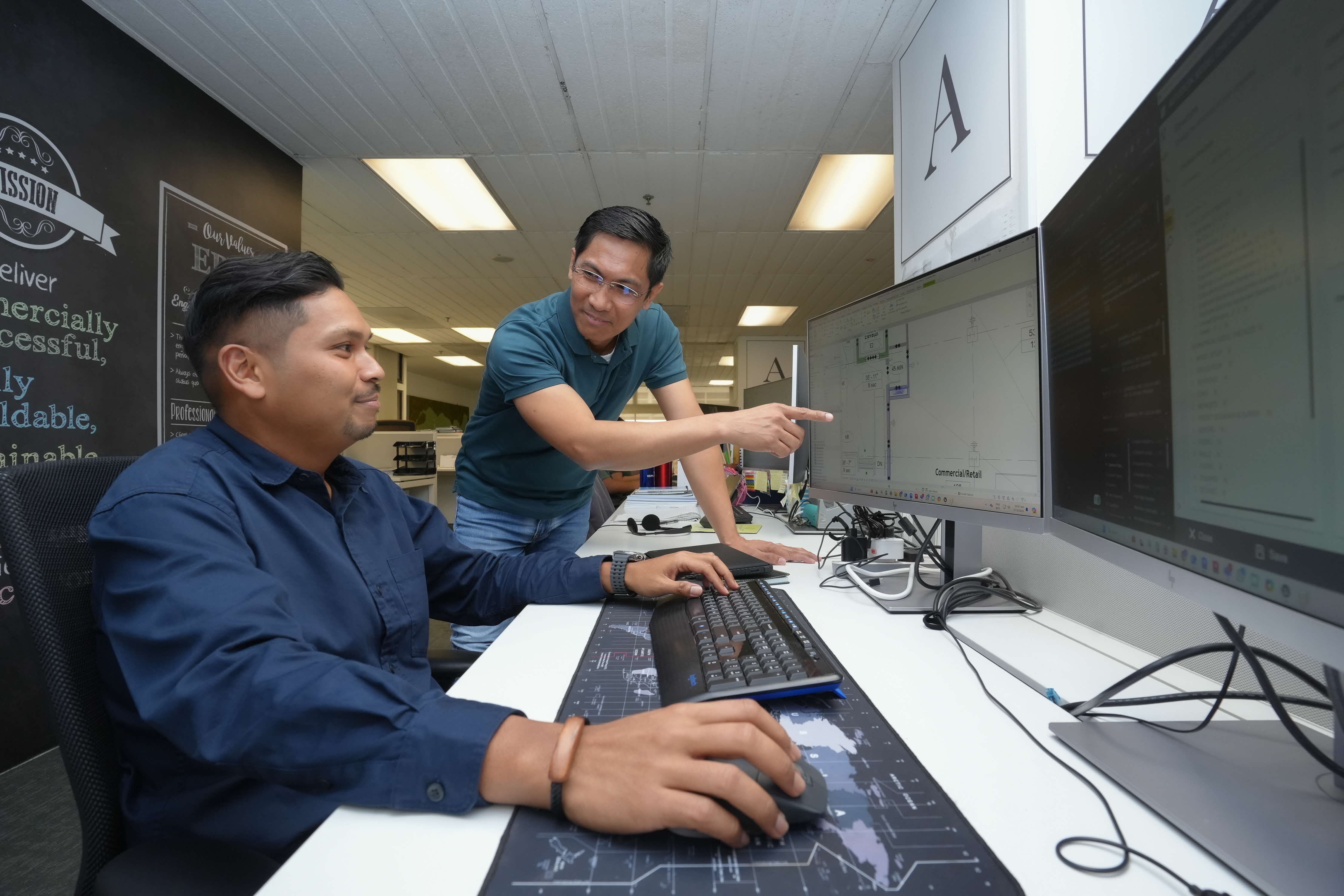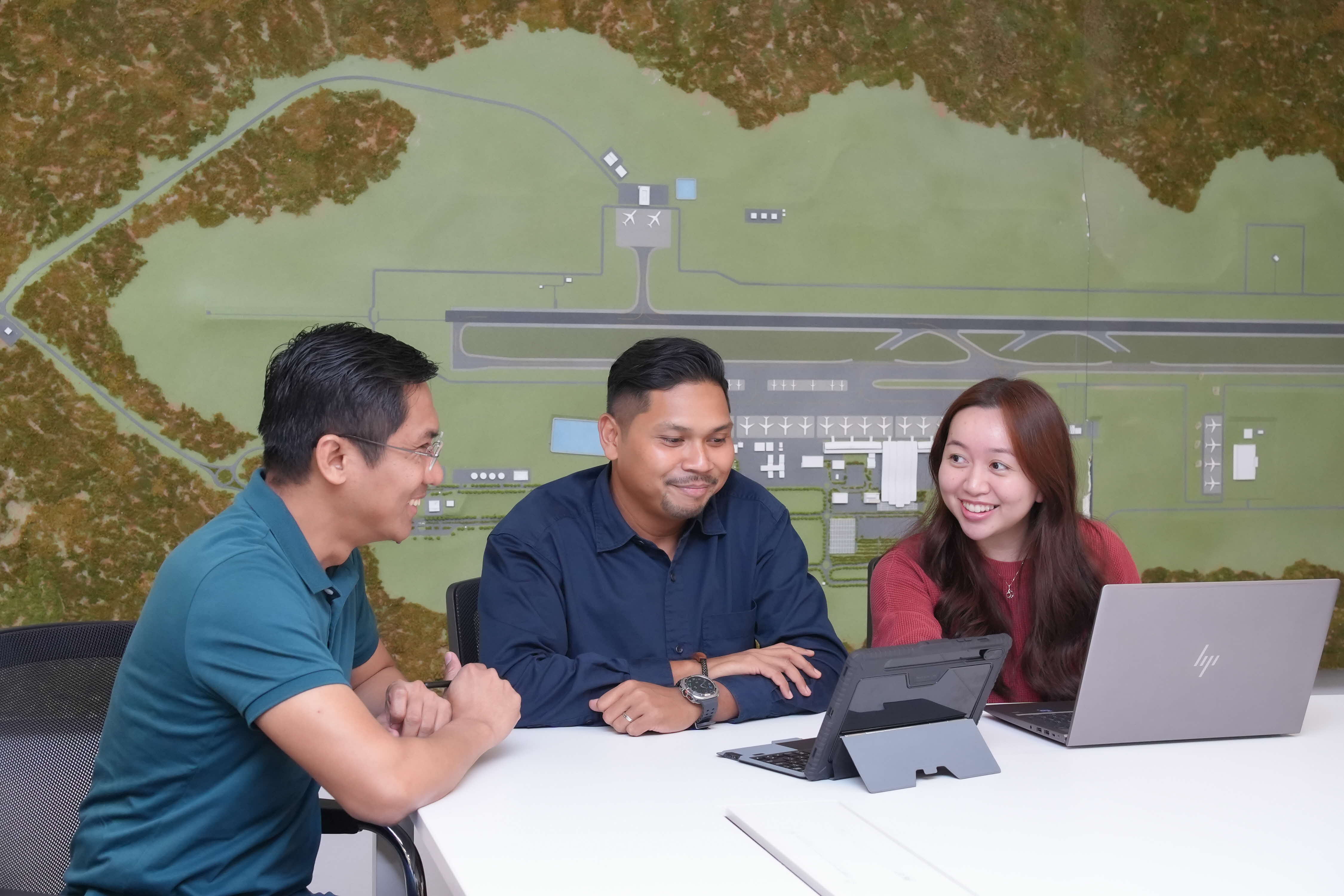The Built Environment sector is evolving rapidly, driven by cutting-edge digital tools and methodologies. For Amir Hafriz, a Digital Delivery Coordinator at Meinhardt Group, this transformation is a challenge and an opportunity to shape how spaces are designed, built, and managed.
Amir's passion for the sector stems from his fascination with how architecture, engineering, and technology converge to create spaces that enhance functionality, sustainability, and human experience.
"I've always been captivated by how digital tools can revolutionize project delivery," Amir shares. "Seeing how technology improves collaboration and efficiency in construction motivated me to be part of this evolving industry."
Amir starts his day each morning by reviewing project updates, prioritizing urgent tasks, and aligning with his team through digital collaboration platforms. His role revolves around Building Information Modeling (BIM) and digital workflows, ensuring seamless model coordination, data management, and compliance with project requirements.
Throughout the day, Amir works closely with architects, engineers, and project managers to resolve digital delivery challenges. Meetings play a crucial role in his routine, whether it's leading MIDP (Model Information Delivery Plan) updates, discussing model file management, or troubleshooting coordination issues.
 Amir shares progress updates and insights with his supervisor, Marlon Eligoyo, Digital Delivery Manager, on ongoing project milestones.
Amir shares progress updates and insights with his supervisor, Marlon Eligoyo, Digital Delivery Manager, on ongoing project milestones.
"Collaboration is key," Amir emphasizes. "We rely on platforms like Autodesk Construction Cloud to streamline workflows, track progress, and manage model revisions in real-time."
Overcoming Challenges with Innovation
Like any industry, digital delivery in the Built Environment comes with challenges. Amir highlights that one of the biggest hurdles is ensuring seamless coordination across multiple disciplines while managing evolving project requirements. Misaligned model information, inconsistent file management, and missing data can create bottlenecks in the workflow.
 Amir exchanges ideas with his team – Marlon Eligoyo, Digital Delivery Manager, and Norshila Yaakub, Digital Delivery Coordinator – as they brainstorm ways to streamline operations through structured protocols.
Amir exchanges ideas with his team – Marlon Eligoyo, Digital Delivery Manager, and Norshila Yaakub, Digital Delivery Coordinator – as they brainstorm ways to streamline operations through structured protocols.
To overcome these challenges, Amir and his team implement structured protocols such as clear naming conventions, automated validation tools, and regular coordination meetings. "We use automation and clash detection tools like Navisworks to proactively resolve conflicts before they impact construction," he explains. "Establishing clear file management protocols and conducting regular reviews help us maintain accuracy and efficiency."
Looking Ahead: The Future of Digital Construction
Amir is thrilled about the transformative potential of AI, automation, and digital twins in the Built Environment's future. "We're moving towards smarter, data-driven buildings where efficiency and sustainability are key drivers. AI-powered design optimization and net-zero construction are revolutionizing how we approach projects," he shares with contagious enthusiasm.
Meinhardt Group has also been at the forefront of the digital shift, being the first engineering firm in Singapore to achieve ISO 19650 compliance across its entire group. Their ongoing investment in digital workflows and integrated digital design (IDD) reflects a commitment to improving efficiency and sustainability in their projects.
"Our work directly impacts how people experience spaces," Amir concludes. "By enhancing digital delivery processes, we contribute to building more sustainable, resilient, and well-coordinated environments. It's inspiring to be part of this transformation."
As the Built Environment sector continues to embrace digital innovation, professionals like Amir are not just pivotal, but integral in shaping a smarter, more connected future. Their work is not just about delivering projects but about shaping how we experience and interact with the spaces around us.